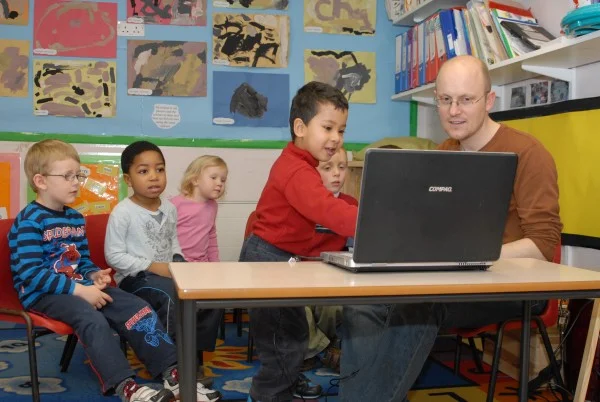Our kitchen is currently out of commission, with the walls receiving a long-awaited re-paint. So last night, we all sat around the little coffee table in the lounge with our fish-and-chips (the British staple for non-cooking nights) and discussed the day’s events.
The usual questions about how the school day had gone were forgotten as I was keen to find out whether my children had discussed the recent terrorist events in Paris, Beirut and Baghdad in their classes. Thankfully they had had these discussions, but were still left with confusion.
They wondered about the relationship between terrorists and refugees; questioned why some people mix up the terms Muslim and Islam when referring to extremists; asked why the extremists’ actions would be referred to as murder in media reports whereas air strikes on Syria would not; and the incredible disbelief and speculation as to why humans would do this to other humans, whatever they believed about them.
They had heads full of insightful and brilliant questions, and I knew I had very few answers.
These are difficult and challenging issues for our children to grasp and understand. They are complex enough for adults, at the best of times, not least in wondering where it is all heading, what we can do and how we can resist the push from some media reports to drive fear and hatred into our lives.
The majority of our children’s lives revolve around a foundation of love. No doubt, this is sometimes challenged, taken for granted, even abused. But the principle underpinning our relationship with them remains the same. We are humans who try to love, or at least be kind to, each other in the various ways we choose to show it, and we strive to continue on this basis no matter what. Rightly or wrongly I believe that, deep down, this is also the norm for the majority of humans around the world.
It is fundamentally how we are made as social beings who are dependent on each other for emotional security as well as physical, cultural, psychological and intellectual fulfilment. Within this, we value our rights, our democracy, mutual tolerance and respect, and our freedom of speech, especially as many humans in other countries do not have access to these rights.
Of course, we have a universally accepted responsibility to protect our children from harm. But no matter how old our children are, before they make their way out into the world on their own there is still innocence and an inherent belief in those fundamental values that we must also strive to protect, especially in these days of war.
So when we as parents, educators, carers and friends, are challenged with fundamental questions such as these, how best should we respond to our children? How do we help them to understand the issues in a balanced way, with the little knowledge we have to make sense of it all, and with a will to continue their fundamental belief in loving each other?
Here’s a few resources that have inspired, guided and informed me in trying to answer my children’s questions as best I can. I hope they help you too.
- How the French youth magazine, Astrapi, explained the Paris attacks to children
- Video by a group of Pakistani friends (called the House of Lolz) putting the Paris attacks into a wider global perspective
- Inspirational and courageous tribute from a Parisian mourner, father and husband, Antoine Leiris, refusing to let his baby son experience hatred as a result of these atrocities
- What is an Ideal childhood? Article by the Guardian
- Newsround’s explanation for children of the Charlie Hebdo attacks and the issues around freedom of expression
- Four basic steps in explaining acts of violence to very young children, so that they can understand the basics between right and wrong
- Use creative activities such as drawing, clay play or painting to help children express things that worry or scare them, especially when they aren't able to articulate these things verbally.
Here are 5 tips, (courtesy of TEC Center · Technology in Early Childhood), to help keep children away from the scary images that may be on many screens, radio broadcasts, newspapers, and magazines:
- Turn off the news and screens with frightening images when your children are present. Be mindful and be present with your children. Pause and think before you turn on a radio, television or tech device.
- Kindly ask a restaurant manager to change the channel if you are dining out and they have the news on and your children are in viewing or listening distance.
- Distract your child when walking past newsstands or the magazine rack in grocery stores.
- Check and set parental and safe search controls through restricted access on Youtube and Google SafeSearch. How-to instructions for YouTube and Google SafeSearch
- Keep comforting routines consistent as children often sense and know when parents are stressed or discussing something difficult.
- Take time to talk and read books about all the positive people doing good things in the world to keep us safe such as firefighters, police officers, teachers, and other trusted adults.
Feel free to join our LinkedIn group and share your ideas on how you discuss these events with your children.
In the words of Fred Rogers,”When I was a boy and I would see scary things in the news, my mother would say to me, “Look for the helpers. You will always find people who are helping.” To this day, especially in times of “disaster,” I remember my mother’s words and I am always comforted by realizing that there are still so many helpers – so many caring people in this world.”
Image Credits: Lisa Terrini; Mr Mangle's Magical Music Factory




